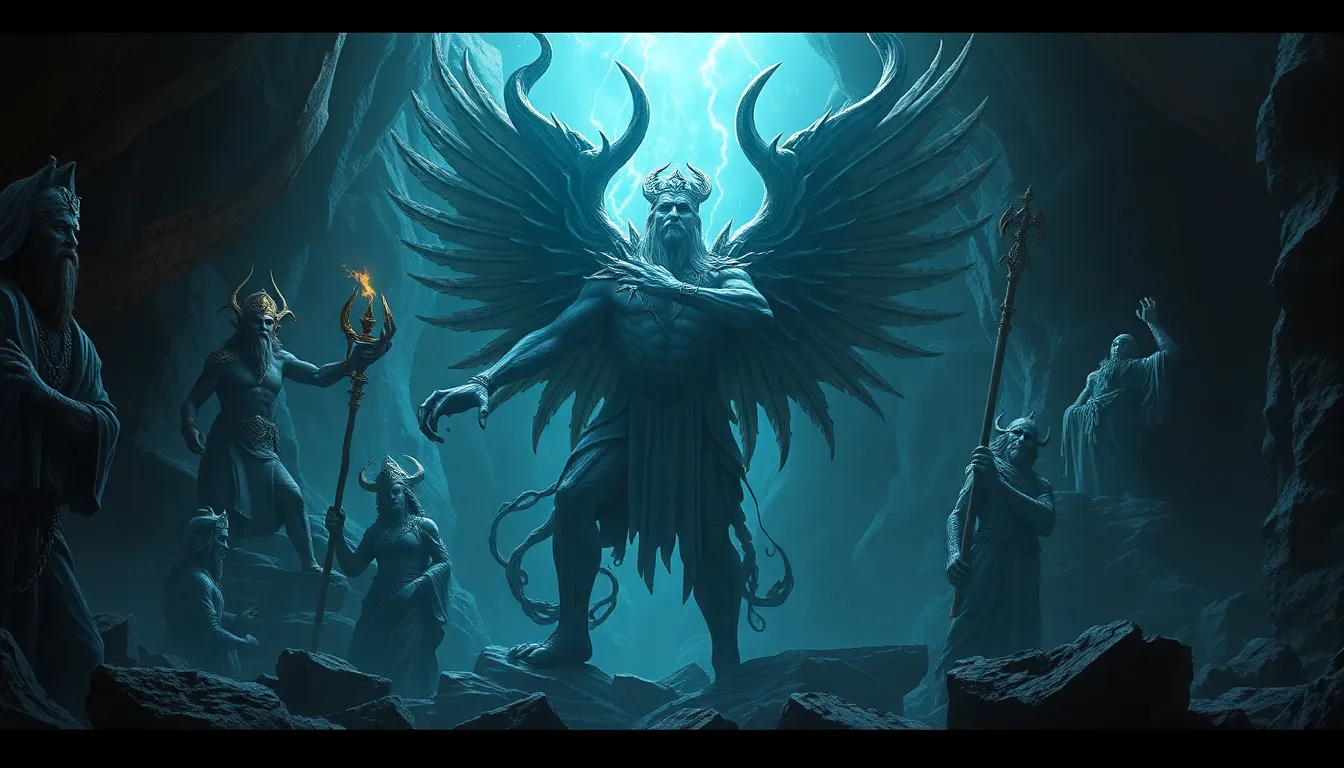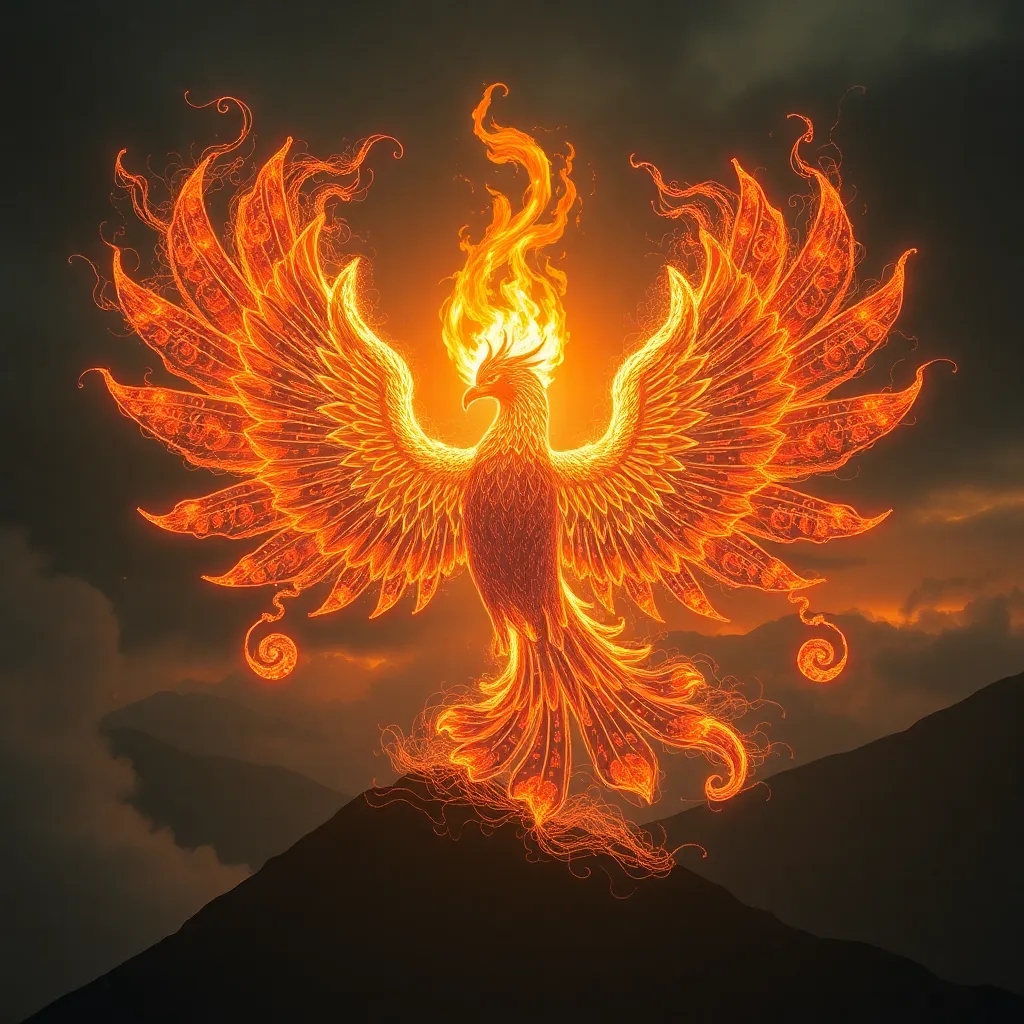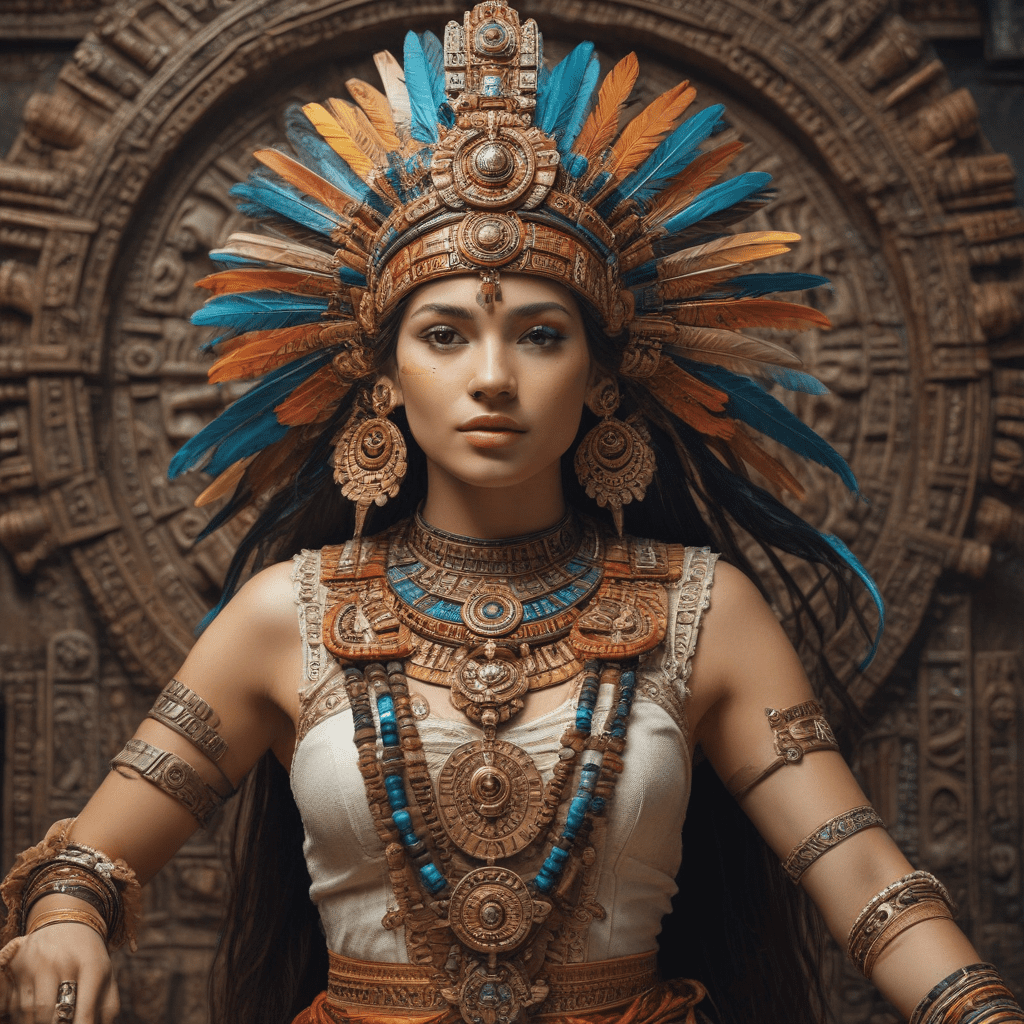The Most Powerful Ancient Deities of the Underworld
Introduction: The Significance of Underworld Deities in Ancient Cultures
Throughout history, various cultures have developed rich mythologies that include powerful deities governing the underworld. These figures often represent the complex relationship societies have with death, the afterlife, and the mysteries surrounding human existence.
Underworld deities serve as symbols of transition, overseeing the passage from life to death and embodying cultural beliefs about what lies beyond. Their tales often reflect humanity’s deepest fears and hopes regarding mortality, justice, and resurrection.
Hades: The Greek God of the Underworld
Hades, one of the three brothers in Greek mythology, rules the underworld alongside Zeus and Poseidon. As the god of the dead, Hades is often misunderstood, portrayed as a dark and sinister figure. However, he is also a necessary component of the cosmic order.
- Origins: Hades is the son of Cronus and Rhea, and brother to Zeus and Poseidon.
- Depictions: He is commonly depicted with a scepter and a crown, often accompanied by Cerberus, the three-headed dog.
- Role: Hades oversees the realm of the dead, ensuring that souls receive their due afterlife based on their earthly deeds.
Osiris: The Egyptian God of Resurrection and Afterlife
Osiris is one of the most significant deities in ancient Egyptian mythology, embodying resurrection and the afterlife. His myth is central to Egyptian beliefs about life after death.
- Myth of Osiris: Osiris was murdered by his brother Set, but was resurrected by his wife, Isis. This cycle of death and rebirth symbolizes the annual flooding of the Nile, which brings fertility to the land.
- Significance: Osiris represents the hope of resurrection and eternal life, a belief that permeated Egyptian culture.
- Temples and Worship: Temples dedicated to Osiris were prominent throughout Egypt, where rituals and offerings were made to ensure favor in the afterlife.
Yama: The Hindu God of Death
Yama is the god of death in Hinduism, known for guiding souls to their next life. He plays a crucial role in the cycle of life, death, and rebirth.
- Origins: Yama is often depicted as a fearsome figure, but he is also seen as a wise guide.
- Role: He is responsible for judging souls and leading them to their respective afterlives based on their karma.
- Cultural Significance: Yama is mentioned in various Hindu texts, including the Vedas and the Mahabharata, highlighting his importance across different eras.
Anubis: The Egyptian God of Mummification and the Afterlife
Anubis is one of the most recognizable figures in ancient Egyptian mythology, known for his role in the mummification process and guiding souls to the afterlife.
- Role: Anubis oversees the embalming process and protects the dead, ensuring they reach the afterlife safely.
- Iconography: He is typically depicted as a man with a jackal’s head, symbolizing his connection to death and the afterlife.
- Myths and Rituals: Rituals dedicated to Anubis were crucial in ensuring the deceased’s safe passage to the underworld.
Mictlantecuhtli: The Aztec Lord of the Underworld
Mictlantecuhtli is a prominent figure in Aztec mythology, governing Mictlan, the underworld. His character and the beliefs surrounding him reflect the Aztec understanding of life and death.
- Overview: Aztec beliefs held that the afterlife was a complex journey, with Mictlantecuhtli overseeing the souls of the dead.
- Characteristics: He is often portrayed as a skeleton or a figure adorned with skulls, emphasizing his dominion over death.
- Significance of Mictlan: The journey to Mictlan was arduous, requiring guidance through various challenges before reaching the final resting place.
Hel: The Norse Goddess of the Underworld
Hel is the Norse goddess who presides over the realm of the dead, which also bears her name. Her character and domain offer insight into Norse beliefs about death.
- Lineage: Hel is the daughter of Loki, the trickster god, and is often depicted as having a dual nature, with one half appearing alive and the other as a corpse.
- Domain: Hel’s realm is where those who did not die gloriously in battle go, emphasizing the Norse valorization of honor in death.
- Cultural Interpretations: Norse society viewed death as a transition, with Hel representing the inevitability of mortality.
Persephone: The Greek Goddess of Spring and Queen of the Underworld
Persephone embodies the duality of life and death, representing both the spring and the underworld. Her myth reflects the cycle of nature and human existence.
- Duality: Persephone is both the goddess of spring and the queen of the underworld, symbolizing the balance between life and death.
- Myth of Abduction: Hades abducted Persephone to be his queen, leading to a seasonal cycle where she spends part of the year in the underworld and part on Earth.
- Role in the Cycle: Her journey symbolizes the agricultural cycle, where death gives way to rebirth in spring.
Ereshkigal: The Sumerian Goddess of the Underworld
Ereshkigal is the Sumerian goddess of the underworld, ruling over the realm of the dead and representing the inevitability of death in Sumerian culture.
- Mythology: Ereshkigal’s story is intertwined with that of her sister Inanna, who descends into the underworld and confronts her.
- Significance: Ereshkigal’s realm is a place of judgment, where souls face their fate based on their earthly lives.
- Portrayal: Ancient texts depict Ereshkigal as a powerful and complex figure, embodying the dual nature of death as both an end and a transformation.
Conclusion: The Legacy of Ancient Underworld Deities
The powerful deities of the underworld from various ancient cultures reflect humanity’s enduring fascination with death and the afterlife. From Hades to Ereshkigal, these figures serve not only as guardians of the dead but also as symbols of the inevitable transition that all must face.
Understanding these deities provides insight into the beliefs and values of ancient civilizations, highlighting how they grappled with mortality. Their legacies continue to resonate, reminding us of the complex relationship between life and death that has persisted throughout human history.



